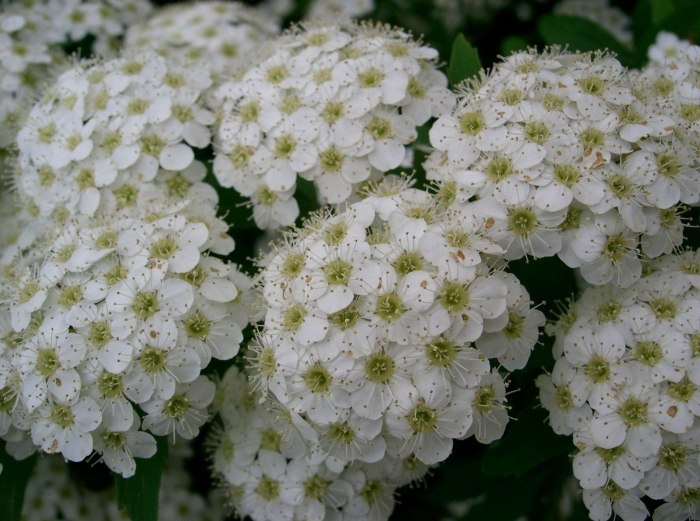Reeves’ Spirea
(Spiraea cantoniensis)
Reeves’ Spirea (Spiraea cantoniensis)
/
/

KENPEI
CC BY-SA 3.0































Estimated Native Range
Summary
Reeves’ Spirea is valued for its ease of maintenance and the profusion of flowers that attract pollinators. It is commonly used for border planting, as a specimen in residential gardens, or for naturalizing in informal areas. It thrives in full sun to part shade and prefers well-drained soils, though it is adaptable to various soil types. Regular watering is important, especially in dry conditions, but it can tolerate some drought once established. Pruning after flowering helps maintain its shape and encourages a more abundant bloom the following year. While generally pest-free, it can be susceptible to leaf spot and powdery mildew in humid climates.CC BY-SA 4.0
Plant Description
- Plant Type: Shrub
- Height: 4-6 feet
- Width: 4-6 feet
- Growth Rate: Moderate
- Flower Color: White
- Flowering Season: Spring, Summer
- Leaf Retention: Deciduous
Growth Requirements
- Sun: Full Sun, Part Shade
- Water: Low, Medium
- Drainage: Medium, Fast
Common Uses
Bank Stabilization, Bee Garden, Bird Garden, Border Plant, Butterfly Garden, Deer Resistant, Drought Tolerant, Erosion Control, Fragrant, Hedges, Hummingbird Garden, Low Maintenance, Potted Plant, Rabbit Resistant, Rock Garden, Salt Tolerant, Showy Flowers, Street Planting
Natural Habitat
Forest margins, stream banks, and scrub areas in Southeast China
Other Names
Common Names: Reeve’s Spiraea, Bridalwreath Spirea, Double White May, Cape May, May Bush, Buque De Noiva, Kantonspirea, 공조팝나무, Ma Ye Xiu Qiu, Ko-Demari
Scientific Names: , Spiraea cantoniensis, Spiraea lanceolata, Spiraea cantoniensis var. lanceata, Spiraea cantoniensis f. lanceata, Spiraea chamaedrifolia, Spiraea cantoniensis f. lanceolata, Spiraea reevesiana, Spiraea cantoniensis var. cantoniensis, Spiraea caerulescens
GBIF Accepted Name: Spiraea cantoniensis Lour.